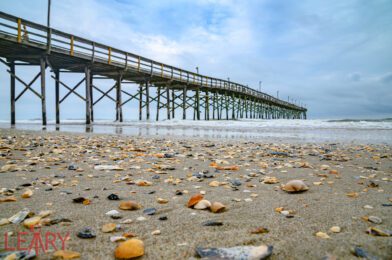Ocean Isle Peer on early morning walk on the beach in Ocean Isle Beach, North Carolina. [NIKON Z 6, VR Zoom 24-105mm f/4G IF-ED, Mode = Aperture Priority, ISO 360, 1/250, ƒ/16, (35mm = 24)]
If you were to look at the EXIF data on all your photos, would most of them be wide open or closed down aperture?
There is a perfect chance you fall into one of two camps.

BOKEH
If this word is part of your vocabulary and what you talk about when it comes to photography, you most likely own some pretty expensive lenses with an aperture of ƒ/1.4.

You may be just like me when I love to isolate the subject and simplify the composition.
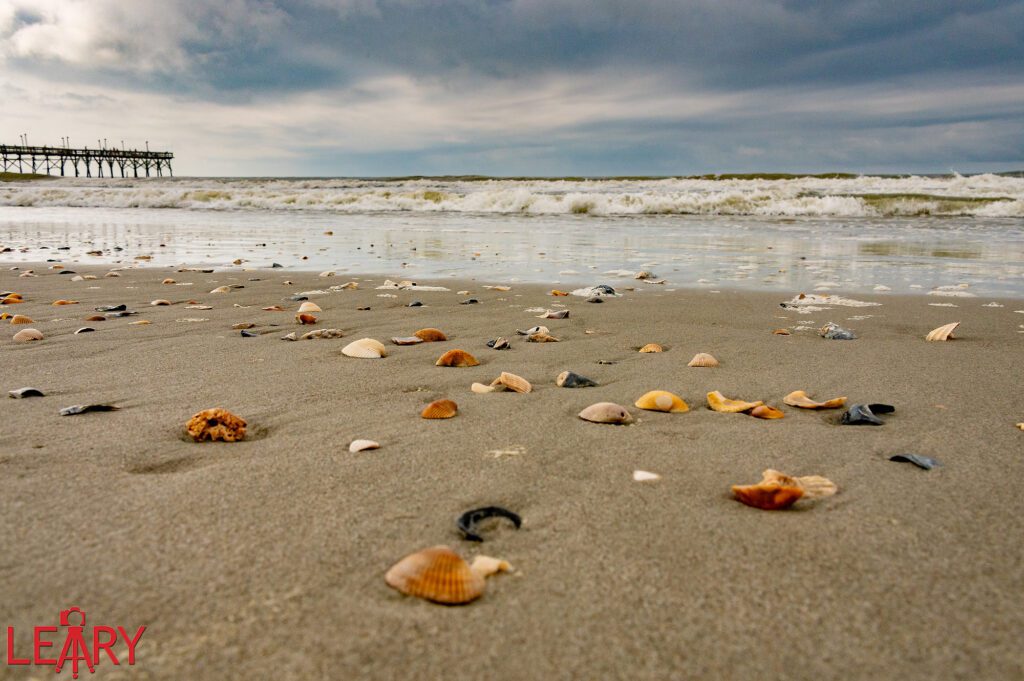
Group ƒ/64
There was a group of photographers that shot mainly in large format and would close down the aperture to get everything they could sharp as possible.
In 1930 Willard Van Dyke and, Ansel Adams & Edward Weston formed the Group ƒ/64. They shared a standard photographic style characterized by sharp, focused, and carefully framed images seen from a mainly Western (U.S.) viewpoint. In part, they formed in opposition to the pictorialist photographic style that had dominated much of the early 20th century. Still, they wanted to promote a new modernist aesthetic based on precisely exposed images of natural forms and found objects.
If you were part of the ƒ/64 style, you had to pay attention to everything in the frame, which if you are familiar with Ansel Adams and Edward Weston’s work, you know they paid incredible attention to detail.
Form or Function?
Form follows function is a principle associated with late 19th and early 20th-century architecture and industrial design in general, meaning the shape of a building or object should primarily relate to its intended function or purpose.
Here are some ideas where Form is more important than Function:
- Wood Floors in Bathrooms
- Carpet in Bathrooms
- Door-less Shower Enclosure
Sometimes, like anything in life, one side will win a bit more over the other. When you’re faced with any situation, I recommend you do what I do: do your best to see both sides of the story and then chart the best path forward for whatever situation you’re in.
By the way, here is a sampling of images in Lightroom and their aperture for me.
| ƒ/1.4 | 10653 |
| ƒ/2.8 | 23389 |
| ƒ/5.6 | 94475 |
| ƒ/8 | 32147 |
| ƒ/16 | 3346 |
When I started shooting photos for a newspaper in 1982, I often shot wide open to try to shoot available light with Black & White Kodak Tri-X film shot at ISO 1600. That was the high ISO available for most of my first twenty years of shooting film. They did make a new film that went to 3200. So, you shot wide open to get a photo.
BOKEH wasn’t even talked about in my circles until we started shooting digital, and the ISO 12800 or faster was a reality.
ƒ/64 Group wasn’t photographing people most of the time so that they could shoot long exposures on tripods.
When ISO 12800 was possible for me on my Nikon D3, I, for the first time, realized I could close down the aperture inside for the first time shooting with available light. This changed the possibilities.
You Stuck In A Rut?
Most likely, in photography, you are stuck in a rut. Most of my friends are due to how you learn to shoot. One of my friends teaches people to look for the moment. To do this, he tells people just put the aperture on ƒ/2.8 and look for moments.
When I started, I shot wide open because I didn’t have much choice, but after twenty years of programming, I found it hard to shoot other than wide empty inside.
Now when I am outside, I might shoot at ƒ/5.6 to be sure things are focused. This is true when I shoot sports. I don’t want the ball and the face out of focus.
If you started with Digital
Now, if you started shooting with digital, there is a perfect chance that Form was more critical than Function. You read all those articles about BOKEH and fell in love with the look. That is where Form is more vital than Function.
The sad thing is that even Photojournalists and Communication photographers who should be more about Form following Function will find that they want a strong image more than just a storytelling image.
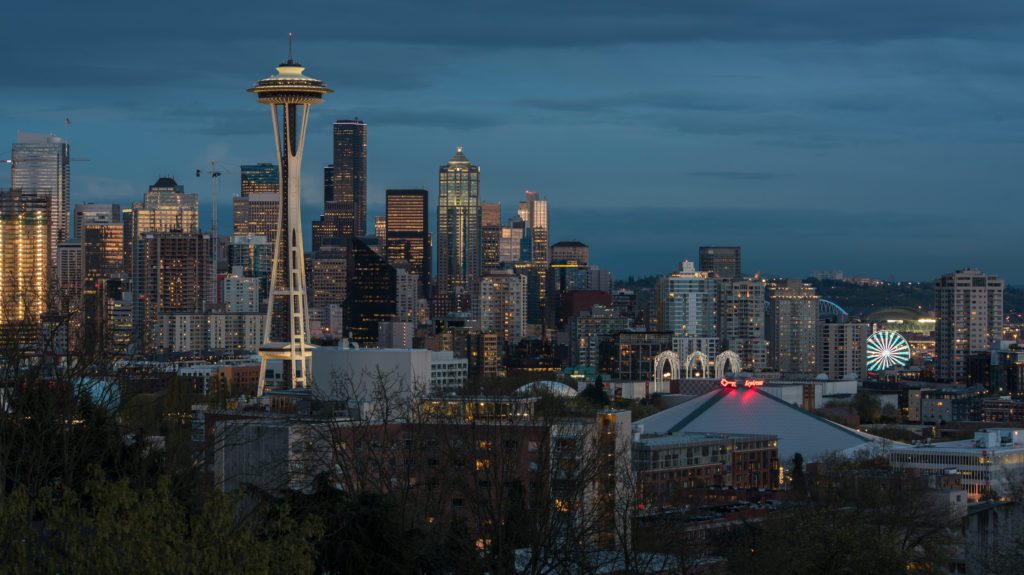
Often I will shoot what I call a beauty shot, and while it is usually a strong visual, the story isn’t being told with the photo. I am using it to hook you to make you read the caption that will pull you into the picture.

These examples of my work are just about how cool something looks.
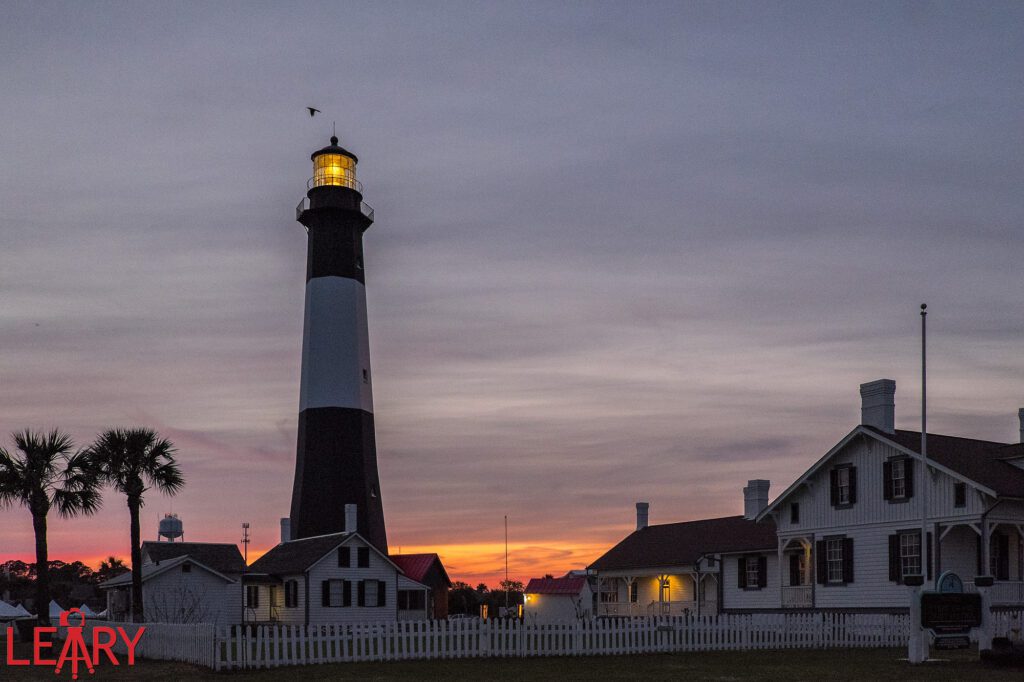
Compare that to where I want to include everything I can in the frame to help tell the story. This is where Form follows Function.
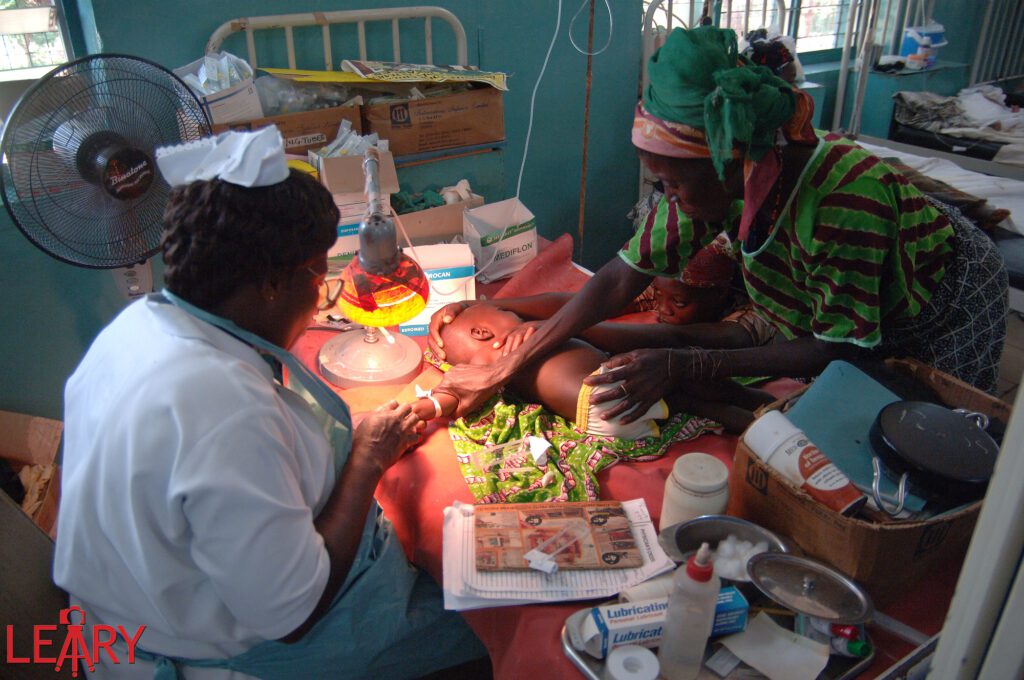
If you haven’t thought about it, you are most likely stuck in a rut.

